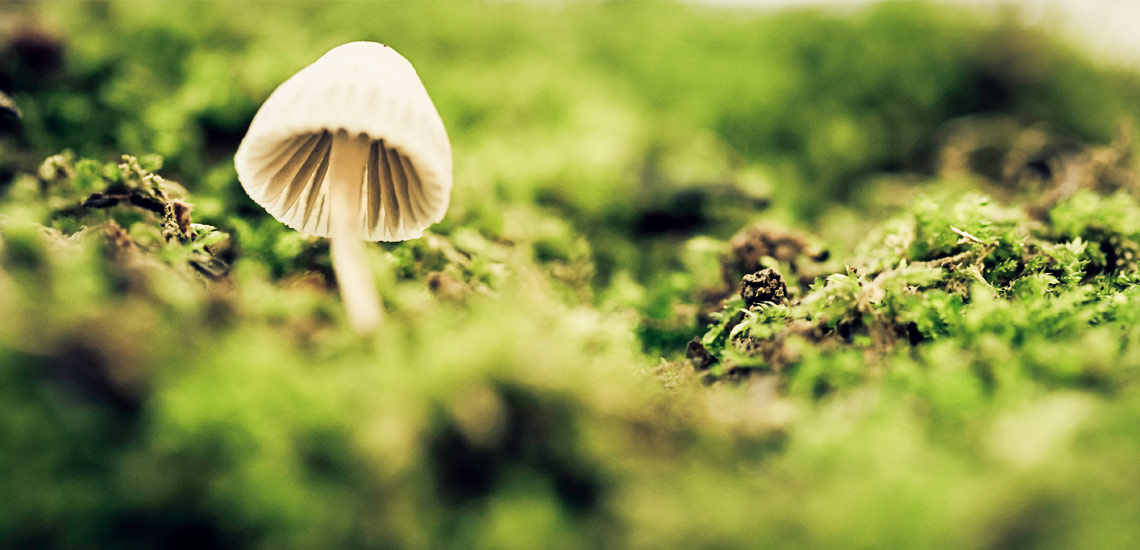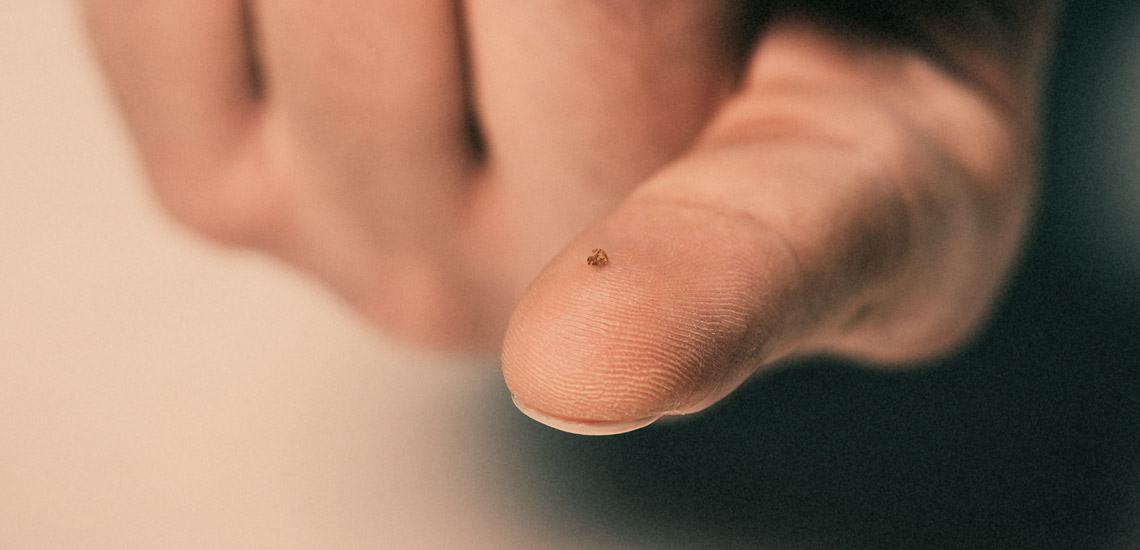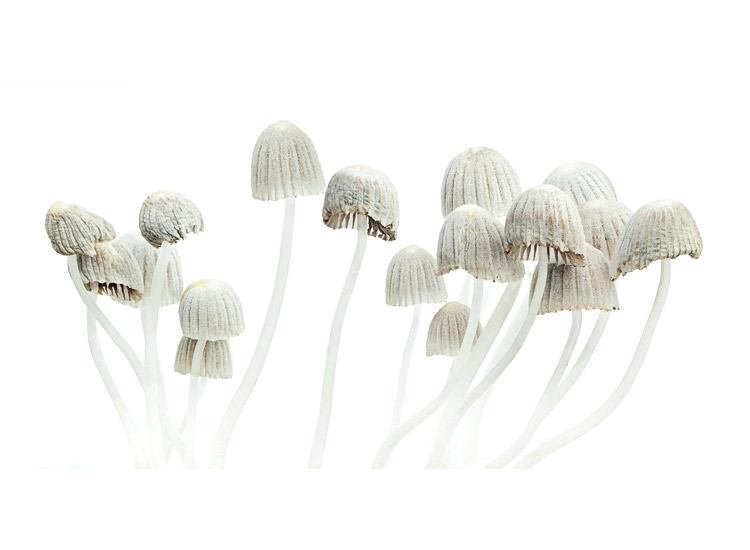10 ways to Identify Magic Mushrooms
There are several magic mushrooms varieties scattered all over the world, and therefore, it is essential to precisely know the mushroom species you are going to experiment with since some mushrooms profess a real poisoning risk.
What are Psilocybin mushrooms?
They are the most popular magic mushrooms which contain psilocybin, which a naturally occurring psychoactive compound that has some mind-changing special effects associated with magic mushrooms. However, it can be obtained from over 200 mushroom species; the most powerful is found in mushrooms of the genus Psilocybe, which grows in some parts of the world such as Central and South America, Asia, Europe, and North America.
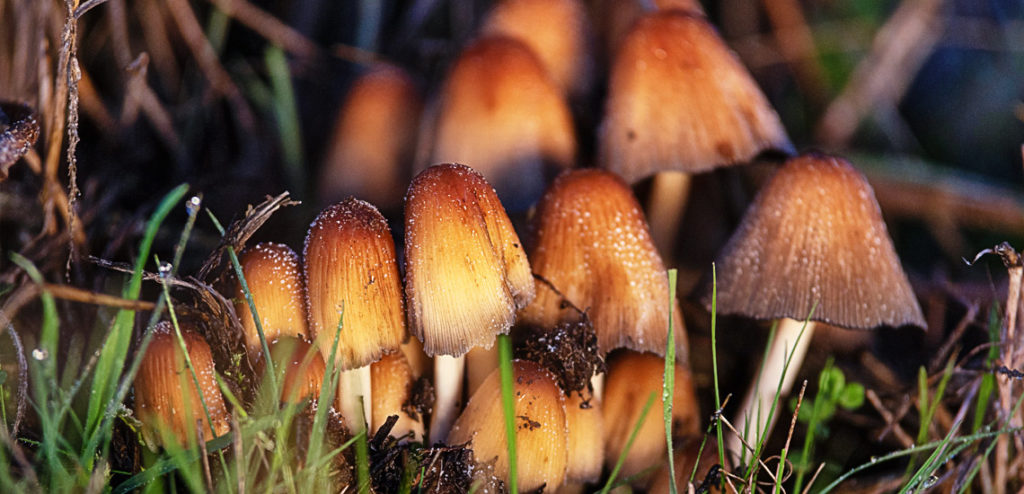
Psilocybe Semilanceata
They are also commonly known as the liberty caps and believed to be among the most athletic type of magic mushrooms. They have large, fibrous-brown caps and curved pale stems. The cap diameter ranges from 5-22 mm, and the length varies approximately 6-22 mm. They are either bell-shaped or conical in shape depending water content of the ground they are growing. For instance, well-watered caps will show darker brown shades sometimes with a blue or green tingle as well as medium grooves in a row corresponding to the underside gills with about 15-27 narrow gills. These mushroom turns blue quickly when injured.
Psilocybe Cubensis
Also referred to as a golden teacher and also among the most popular magic mushrooms. It naturally grows in Central America, southern United States and most parts of South East Asia. The golden teachers have relatively larger caps approximately from 20-80 mm wide. Young mushrooms have a conical shape which tends to flatten out as it matures. They also have a reddish color that almost looks like the cinnamon color when grown. Additionally, they have a closely parked gills underside the caps that turns out gray or darken with as they age with mature golden teachers having almost black gills.
Psilocybe Mexicana
These mushrooms mainly grow naturally in South and Central America. It is estimated that the indigenous American tribes used these mushrooms for thousands of years. It has a similar appearance to that of Semilanceata. For instance, their caps are relatively large, ranging from 10-20 mm with a bell-shaped or conical caps. They also feature greenish or blue beige and sometimes have a slight papilla and usually light brown. They thrive well in humid meadows or undisturbed glassy areas in groups or solitary particularly along trails and roadsides or among the moss. You can spot them on elevated ground ranging from 300-550 meters, especially in May and October.
Psilocybe Cyanescens
Also known as wavy caps. They mainly do well in regions such as North America, Central, and West Europe, the Middle East (Iran in particular), and New Zealand. They usually have larger caps unlike the Mexicana and Semilanceata ranging from 15-50 mm wide. The more, the more, the thicker the caps grow. They tend to have chestnut brown or caramel color when wet and paler as the dry, and when wholly dried, they become yellowish. The entire mushroom will become blue in case of a slight injury or touch. Gills are either dark purple or light brown, although this depends on its maturity. These mushrooms do well in mulched plant beds or wooden chips, particularly in urban setups.
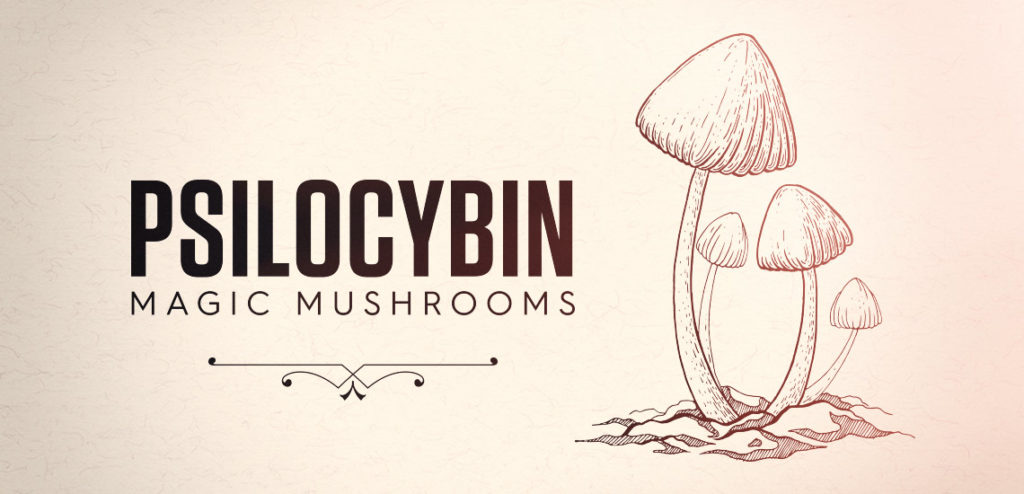
Psilocybe Azurescens
Also commonly known as flying saucer mushroom and an exceptionally potent magic mushroom. It usually grows naturally along the United States West Coast, although it has artificially been cultivated in many parts of the world. The Azurescens species has a large caps with a saucer-like shape ranging from 30- 100 mm wide. Younger conical mushrooms have more conical shapes but tend to flatten as they age. Slight grooves usually develop on the edges of caps and match the underneath gills. Mature Azurescens have white chalk stems and darker gills. These mushrooms thrive well in sandy soils or wood chips, particularly along with the coastal areas where they grow in groups. You can see young mushrooms sprouting late September and early January.
Psilocybe Baeocystis
These mushrooms have a variety of nicknames such as the knobby tops, bottle caps, bluebells, and olive caps. They thrive well in the Pacific Northwest in the US. Their caps are usually medium-sized ranging from 15-55 mm in diameter. The caps are generally thinner in young mushrooms and conical in shapes with rippled structures underneath the gills. Their unique color ranges from dark to olive-brown tone and sometimes pecked with steel blue tinges. They thrive well in conifer mulch, lignin-rich lawns, or wood ch

